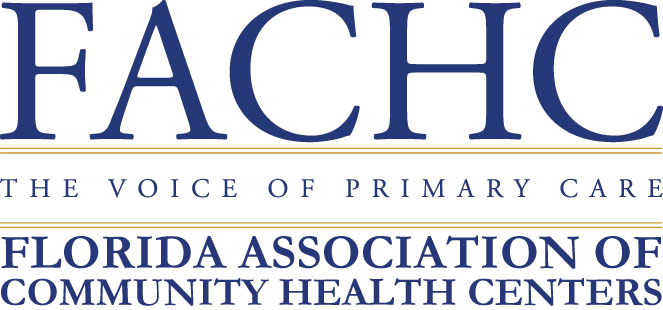Article was originally posted on Nonprofit Quarterly News.
Clean air, clear skies…while the novel coronavirus has ravaged the nation and the globe, one significant side benefit was supposed to be a decline in carbon emissions and cleaner air. Indeed, during the peak days of the shutdown in late March and April, driving declined precipitously.
But, as Kristoffer Tigue writes for Inside Climate News, “As cities across the country come out of lockdown, and people begin moving around again, commuters by the thousands appear to be choosing driving over public transportation.”
According to data collected by Inside Climate News in June, mobile phone requests for driving directions were 21 percent higher in early July than the pre-pandemic baseline figures from January. By contrast, requests for public transit directions are down 53 percent from January.
More broadly, global data from the Integrated Carbon Observation System finds that while emissions dropped 28 percent at the peak of the shutdown, by June 2020 global carbon emissions had already climbed back to within five percent of June 2019 levels.
Tigue adds that data compiled by the Union of Concerned Scientists (UCS) before the pandemic found that buses produce about one-quarter fewer carbon emissions than private vehicles per trip-mile, and rail produces about 80 percent fewer emissions. So, if travel were to recover to pre-pandemic levels—but with a shift away from public transit and toward driving—the result would be more congestion, higher carbon emissions, and dirtier air.
At present, the biggest challenge facing transit agencies is financial, with agencies coast-to-coast reporting “lost revenues ranging from hundreds of millions of dollars to several billion.” In some of the nation’s biggest cities, Tigue adds, “budget deficits are hitting agencies so hard that they’re considering permanent cuts to subway and bus lines.”
In California, the San Francisco Municipal Transportation Agency (“Muni”) is projecting an estimated $568 million revenue loss over the next four years; it has already reduced service by 30 percent and has said as many as 40 bus lines are at risk. In New York City, the Metropolitan Transportation Authority (MTA) is facing a $10.3 billion loss over the next two years. A nonprofit rider advocacy group called the Riders Alliance has estimated that, absent federal support, MTA might have to cut half of the city’s bus and subway lines to cover the gap.
Of course, federal measures inspired by the Green New Deal, such as a $1.5 trillion infrastructure bill approved by the US House of Representatives a month ago, could, if enacted, counteract these trends and result in renewed investment in public transit.
As an emergency measure, Congress did provide transit agencies with $25 billion in the CARES Act back in March. But that might not be enough. A study by TransitCenter, a national public transportation advocacy group, suggests that annual losses could be as high as $40 billion by April 2021.
Of course, a longer-term issue concerns people’s behavior. It is possible that a vaccine could be developed by early 2021 and, at that point, many people who used to rely on public transit might well return to doing so. It is also possible, however, that behavior patterns might shift more permanently or that the pandemic is of a longer duration, creating deeper losses for transit agencies.
Nationally, transportation, according to the US Environmental Protection Agency, is responsible for a third of US carbon emissions. Elizabeth Irvin, a senior analyst at UCS. underscores its importance. “In much of the country, transportation is already the largest source of climate emissions,” Irvin notes. Irvin adds that public “transit is a big part of mitigating that.”—Steve Dubb









